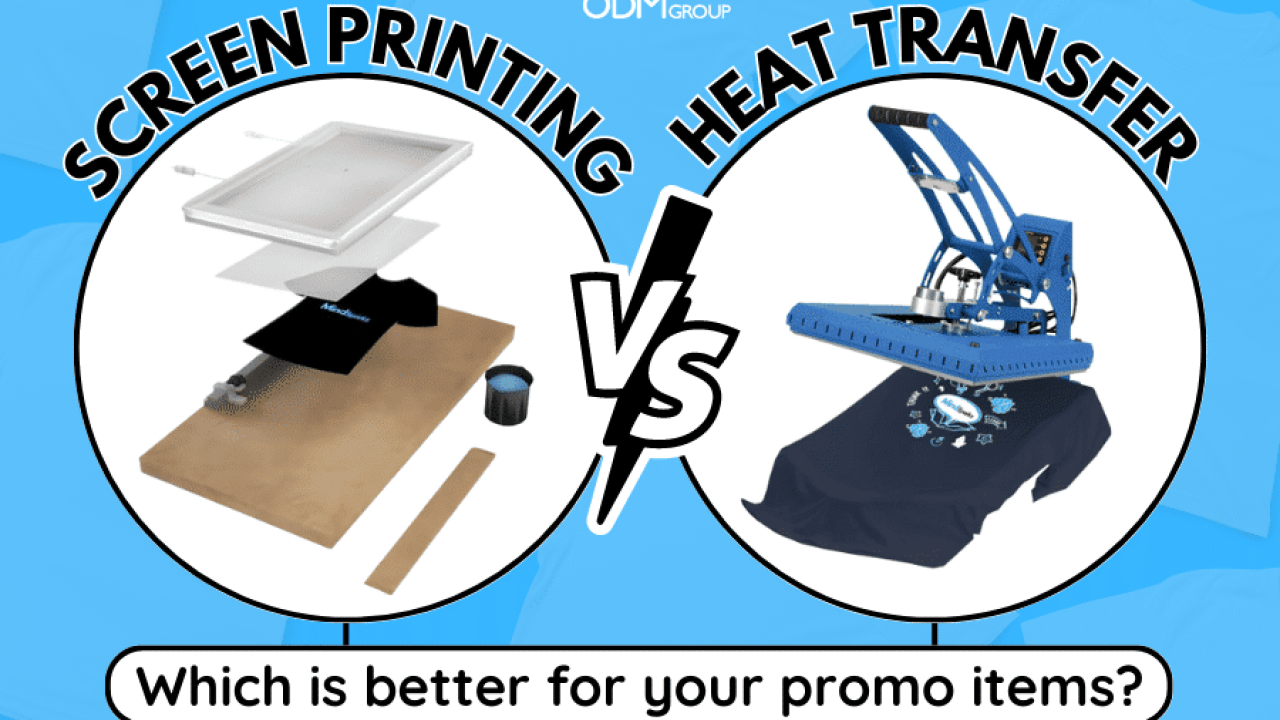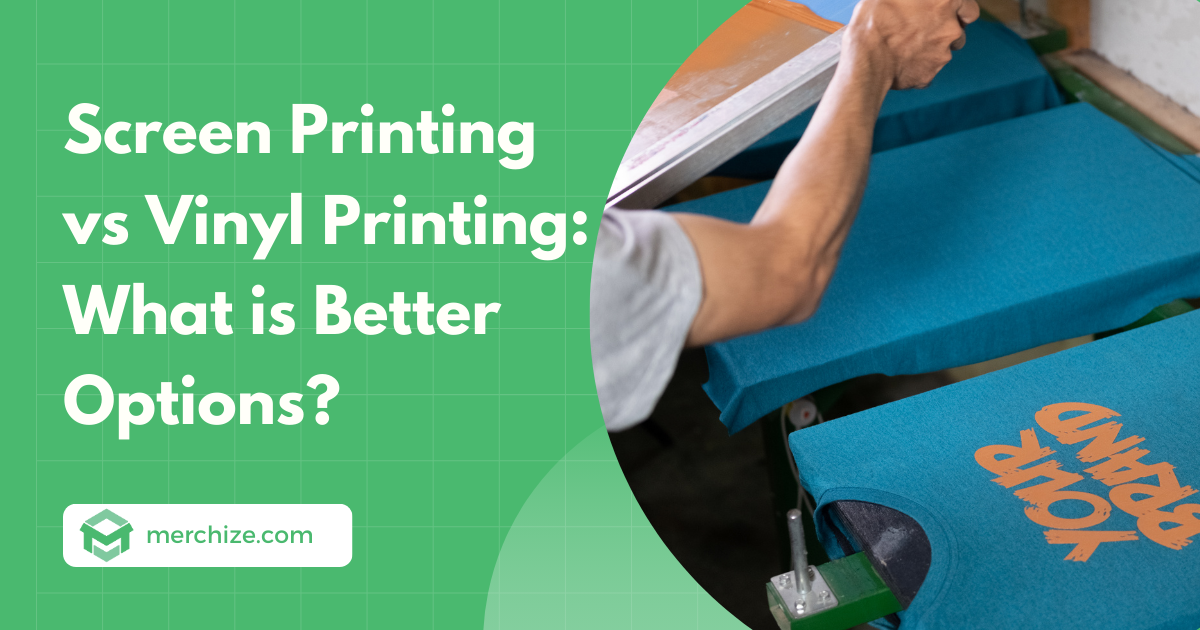Tx Tees Fundamentals Explained
Tx Tees Fundamentals Explained
Blog Article
9 Easy Facts About Tx Tees Explained
Table of ContentsGetting My Tx Tees To WorkThe Tx Tees PDFsSome Known Facts About Tx Tees.Excitement About Tx TeesFascination About Tx TeesThe Greatest Guide To Tx TeesThe Buzz on Tx Tees
Add up various other costs, like the number of energies it takes to run the store and the expense of ink and solution per style. Take the print below.The emulsion should only be a couple of cents because you 'd just require to coat one screen for this work. How much should you charge per tee shirt to make a profit? Normally, printers attempt to make up to 45% earnings on a print work. Right here's a table to aid you figure out that: complete price per item percent of wanted revenue as a decimal (example:.25 or.45) earnings made per item per task Now let's talk regarding the success of DTF.

With DTF, you can print a handful of shirts, or just one. Both display printing and DTF have their particular niches in the globe.
Tx Tees Fundamentals Explained
The very best means to know? Ask around and see what printing shop like your own are doing. custom t-shirt design. Try both out and see which you like far better
When you're choosing what kind of printing technique to utilize for publishing your art work layouts on your garments, it is essential that you understand the distinctions in between these 2 techniques so you can maximize results while lessening costs. Display printing is one of the most commonly made use of strategy for printing designs on textiles.
DTG printing is likewise recognized as area or direct to garment printing since it prints only what is needed rather of making a screen as screen printers do. https://nu3nuz2pecb.typeform.com/to/lj3z1iI9. Screen printing works by display filler squeegee screen printing ink screen mesh display, then moving the picture to garment using heat and/or pressure
The DTG printer utilizes special dye-sublimation inks that are used into a pre-designed picture by a digital printing system. The inks enter into the fabric, enabling vivid colors and extraordinary detail. It's additionally understood as place or direct to garment printing due to the fact that it publishes only what is needed as opposed to making a screen as display printers do.
The Best Strategy To Use For Tx Tees
It's much quicker - you can publish a fullcolor photo in mins, as opposed to hours for screen printing. Second, there's no established up time or costs included - you can print any design you like, without having to develop a display. Third, there's no waste - because screen printers screen print one style each time, they need to evaluate each shade independently.
The paper is really pricey and can only be used when. Once it's printed on, it needs to be disposed of. - The initial purchase rate is less than the ahead of time financial investment of DTG printers- You can print multi-color designs one screen at a time rather of having to print each color separately like DTG printing.

The Buzz on Tx Tees
Nonetheless, rather than utilizing display mesh as display printers do, color sublimation printers use laser innovation to move your images onto garments or paper. A warmth procedure transfers the color from its solid-state straight into the gas phase which consequently integrates it onto material substratums when they are swiftly warmed to heats under high stress.
Sublimation printing is environment-friendly. It uses less water than screenprinting, and due to the fact that it doesn't involve using unsafe solvents, it's safe for all kinds of garments. The dye sublimation inks are likewise odorless when cured, unlike screen printers that utilize dangerous chemicals during the display printing procedure that leave an unpleasant odor.
They likewise save money on pricey equipment like exposure units because dye sublimation printers don't need a UV direct exposure system or a flash remedy oven that is usually utilized in display printing (custom t-shirt design). What is straight to garment printing (DTG Printing)? DTG printing is a digital screenprinting procedure that prints straight onto textile making use of specialized inkjet printers
The Basic Principles Of Tx Tees
DTG printing uses lots of benefits over traditional screenprinting, including the capacity to publish photographic top quality pictures, higher color vibrancy, and the capacity to print designs on darker textiles. DTG printers function by heating up the textile ink till it develops into a gas. The gas after that penetrates the fabric, bonding with the fibers to develop a long-term print.

Display printers merely prepare their display after that start publishing till they run out of product or ink.- There is a broad variety of experienced screen printers throughout the globe, which can be practical for newbies. - It's a slower process - display printers frequently have to wait for the ink to dry before they can publish the following color- Screen printers require manual work, so there's a higher learning curve and it takes longer to generate a high-quality style- Screen printing isn't as precise as DTG printing, so you might get some "blood loss" of shades from one part of the photo onto one more otherwise done appropriately.
Facts About Tx Tees Uncovered
Instead of using screen mesh as display printers do, dye sublimation printers utilize laser technology to move your pictures onto garments or paper. A warmth process transfers the color from its solid-state directly right into the gas phase which subsequently fuses it onto textile substrates when they are rapidly warmed to high temperatures under high pressure.
Sublimation printing is environmentally friendly. It makes use of much less water than screenprinting, and due to the fact that it doesn't entail using hazardous solvents, it's risk-free for all kinds of apparel. The color sublimation inks are additionally odorless when healed, unlike screen printers that make use of harmful chemicals during the display printing process that leave an undesirable odor.
They also save money on expensive equipment like exposure systems given that dye sublimation printers do not call for a UV exposure unit or a flash cure oven that is generally used in display printing. What is straight to garment printing (DTG Printing)? DTG printing is an electronic screenprinting procedure that publishes straight onto fabric utilizing specialized inkjet printers.
Getting The Tx Tees To Work
DTG printing provides numerous benefits over traditional screenprinting, consisting of the ability to print photographic high quality pictures, higher color vibrancy, and the ability to publish layouts on darker textiles. DTG printers work by heating up the fabric ink until it develops into a gas. The gas then permeates the fabric, bonding with the fibers to create a long-term print.
Report this page